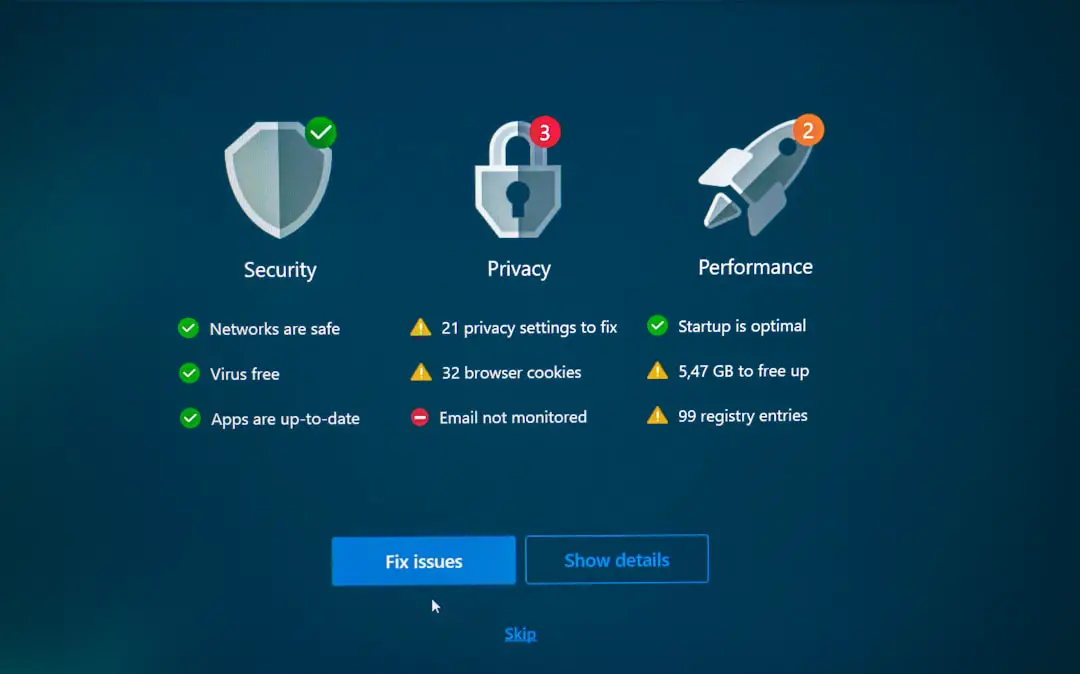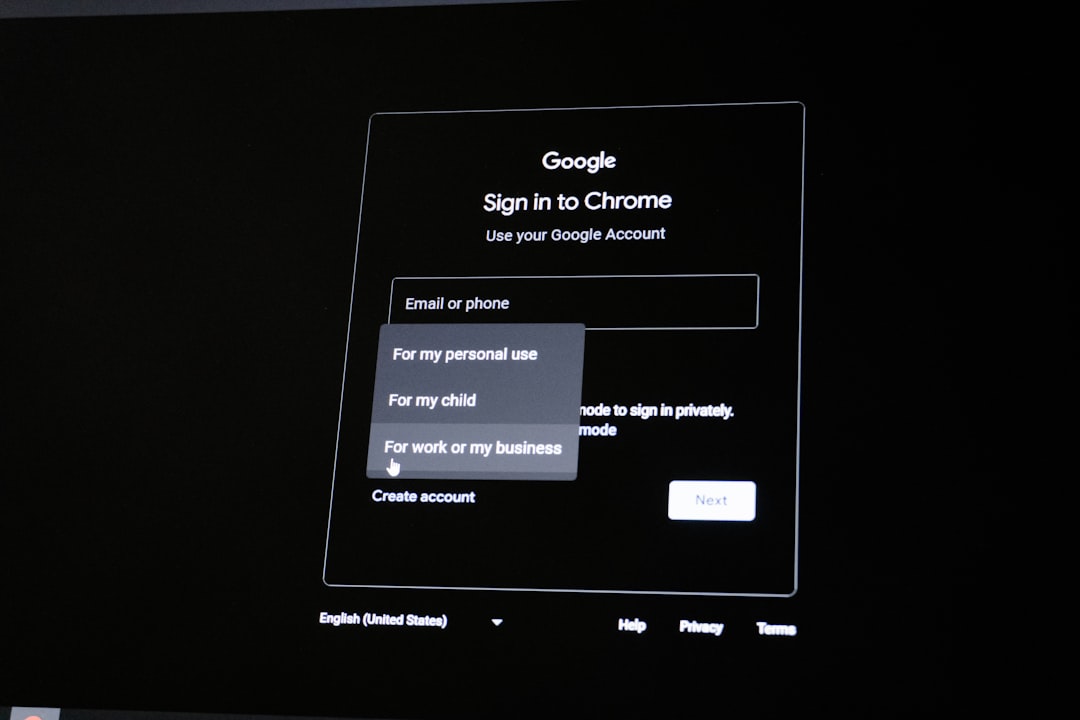In today’s fast-paced software development landscape, maintaining a public changelog is more than just a formality—it’s an essential aspect of transparent communication with your users. Yet, not all changelogs are created equal. A thoughtfully crafted public changelog can do more than just list changes. It can convert casual visitors into loyal customers, passive users into product advocates, and hesitant stakeholders into enthusiastic supporters.
What Is a Public Changelog?
A public changelog is a log or record of all notable changes made to a project or product. For many software companies, it serves as a historical archive to track version updates, patches, new features, and bug fixes. But when well-executed, a changelog can be a powerful tool for:
- Demonstrating continuous product improvement
- Building trust with current and potential users
- Creating marketing opportunities around new features
- Encouraging feature adoption and customer engagement
Why Changelogs Fail to Convert
Many changelogs fall short because they are treated as a developer’s scratchpad rather than a communication tool. Common mistakes include:
- Overly technical language that alienates non-technical users
- Inconsistent updates or long gaps between posts
- Unclear versioning and release notes with no context
- Bland presentation with no visual engagement
To make your changelog convert, you must approach it as a product experience, not a maintenance task.
The Psychology Behind a Changelog That Converts
Users want to feel confident that they’re investing time and money in a product that improves and evolves. A changelog that showcases responsive development and customer-centric updates communicates that you are actively listening and improving. This fosters:
- Trust: Users can clearly see that issues are addressed quickly and transparently.
- Excitement: New features are announced in a way that creates buzz and signals innovation.
- FOMO (Fear of Missing Out): Non-users may start to question why they aren’t part of your product’s journey.

Best Practices for Building a Changelog That Converts
1. Know Your Audience
Decide early who the changelog is for—end-users, developers, enterprise buyers, or all of the above. Tailor your tone and language to meet their expectations. Segmenting changelog entries with labels like “For Admins,” “For Developers,” or “Improvements for Everyone” can significantly improve comprehension and engagement.
2. Be Clear and Concise
Every update doesn’t need a novella. Use bullet points for faster scanning, and avoid jargon when possible. Write from the user’s perspective. Instead of:
“Refactored backend data sync logic for increased efficiency.”
Say:
“Faster data syncing for a smoother experience.”
3. Celebrate the Highlights
Don’t bury big features in a wall of bug fixes. Call attention to them with headings, emojis, or short one-line summaries at the top of the changelog. These headlines should link to a more detailed blog post or product update when applicable. Make major updates feel like mini-launches.
4. Incorporate Visuals
Screenshots, GIFs, or even short feature videos can drastically improve user engagement with your updates. Users are more likely to explore a feature they can see, not just read about. If you’ve added UI improvements or new workflows, show them off visually.

5. Provide Context, Not Just Facts
A list of technical changes is not enough. Users want to know the why behind the update. Explain how a new feature solves a user problem, or how a bug fix improves the overall performance. Storytelling encourages empathy and deeper connection with the product.
6. Link to Supporting Resources
For each update, include links to:
- Documentation pages
- Onboarding guides
- Community discussions
- Feedback forms
This turns your changelog into a learning and discovery hub, not just a patch report.
7. Offer Subscription Options
Make it easy for users to stay updated via email newsletters, RSS feeds, or in-app notifications. Users who opt in are your most engaged audience—and therefore the most likely to convert or upsell over time.
8. Log Regularly
An update rhythm builds expectations and increases return visits. Whether it’s weekly, bi-weekly, or monthly, consistency is key. Even if the update feels minor, publishing it signals active development—and that matters to users.
9. Highlight User Feedback
Let users know when a feature or fix they requested lands. Phrases like “Thanks to @username for the suggestion!” show that your team listens and values users. This fosters loyalty and encourages more feedback from others.
Tools and Platforms to Consider
While you can build a changelog manually using HTML or markdown, a variety of tools offer templated systems and integrations. Consider:
- Headway: Easy-to-use interface and embeddable widgets
- Beamer: Builds marketing-focused changelogs with analytics
- GitHub Releases: Ideal for developer-facing products
- Notion + Automation: Lightweight but customizable
Changelog Placement for Maximum Conversion
Your public changelog shouldn’t be buried in your documentation footer. Prominent changelog placement matters. Here’s where to consider linking or embedding your changelog:
- In your app’s navigation or “What’s New” section
- On your marketing site near the blog or updates page
- Within your Help Center or Documentation portal
- As part of onboarding or product tour sequences
Additionally, include changelog links in product update emails or in-app messages where relevant.
Turning Your Changelog into a Growth Channel
A changelog that converts doesn’t stop at informing—it inspires. Consider how each update can be an opportunity to:
- Encourage trial signups with enticing new features
- Reduce churn by keeping users notified of improvements
- Drive engagement by prompting users to revisit the product
- Collect testimonials and case studies from recent improvements
Some companies even optimize their changelog for SEO, leveraging update logs to bring organic traffic and fresh content to their site on a continuous basis.

Final Thoughts
A public changelog is often treated as an afterthought—but it shouldn’t be. When implemented with care, it becomes a versatile growth and retention tool. By prioritizing clarity, consistency, and user relevance, your changelog can do more than document updates—it can convert leads, activate users, and tell a compelling story of your product’s evolution.
In a competitive digital landscape, every touchpoint matters. Make sure your changelog is one that counts.

